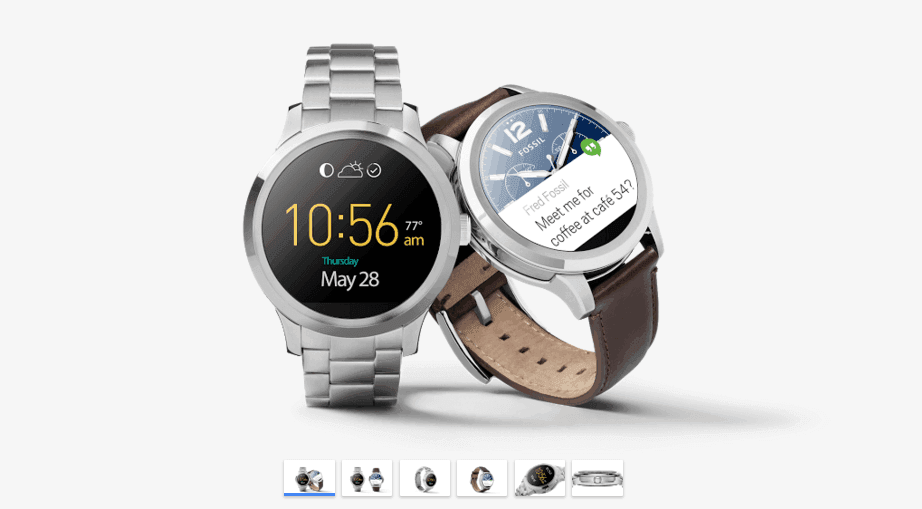
Video communication is as commonplace as messengers, cloud storage, and other services that we use without thinking about their nature. It does not occur to us that there is a lot of hard work and expensive equipment behind the free nature of these services. That is probably why we think we have the right to demand something more. For example, group calls, a feature to show your screen, etc., etc. Google understands this and tries to stay ahead of our requests. This is how the 3D holographic video conferencing project came about.
At the Google I/O conference, Google presented Project Starline. It’s a project of the very same holographic video conferencing service that allows you to see the three-dimensional figure of your interlocutor. As a result, the person you are talking to looks exactly as if he is sitting right in front of you, instead of being hundreds or even thousands of kilometers away.
What is Project Starline by Google
Project Starline is mostly built on software technology. That is, you don’t need special glasses to see your interlocutor, and he doesn’t need some advanced 3D-enabled camera.
All the calculations are done by neural networks, computer vision algorithms and machine learning tools. They scan the person, create a three-dimensional model of him, and then display it on the screen, creating the impression that the dialogue is being conducted through a transparent glass.
As you can see, the effect of holographic video communication is very natural. Already at this stage, the algorithms do a very good job. At any rate, it’s hard to tell from the video that one of the people you’re talking to is a three-dimensional hologram.
This only becomes clear when you look at the outlines of limbs – the algorithms don’t keep up with their movements, so it seems that the FPS rate suffers, as it often happens in games.
Although most of the calculations are done by software algorithms, a regular TV or smartphone screen won’t do for displaying a three-dimensional figure. That’s why Google engineers developed a special display specifically for Project Starline.
3D Video Communication
It enables the display of 3D figures without glasses. It is likely to work using the same technology as Amazon’s Firephone screen, where two matrices were used with a slight offset to each other. But that’s not so important anymore.
Of course, the commercial launch of Project Starline is still a long way off. After all, the technology is still in an early stage of development, and its practical usefulness is not very clear yet. Sure, it is cool to see your interlocutor in 3D, but do most people really need it?
Because holographic video communication requires special equipment, which only a few companies and ordinary users can afford. And it won’t cost a pretty penny. So the chances are that Project Starline will never make it out of the prototype stage.
Well, let’s think together. It’s one thing if such a screen would cost $400, $500 or even $1000, perhaps some companies would buy such a screen. But it would only be worth it for one-to-one communications while there would be no point in 3D for group conferences.
What to say about ordinary users, who would probably prefer to make do with a regular smartphone, because they already have video conferencing built-in by default and for free.



